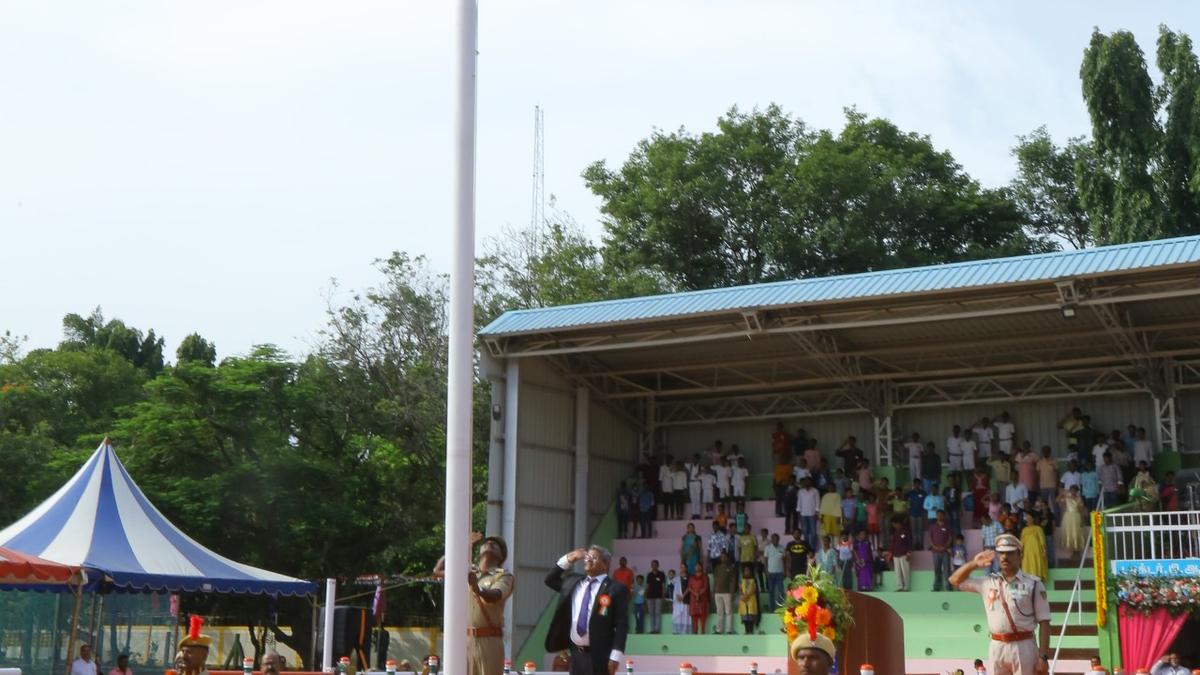Now Reading: 70% of Bengaluru Buildings Illegal, Dy. CM Orders Structural Audit
-
01
70% of Bengaluru Buildings Illegal, Dy. CM Orders Structural Audit
70% of Bengaluru Buildings Illegal, Dy. CM Orders Structural Audit

Quick Summary
- Deputy CM D.K. shivakumar directed BBMP officials to identify and issue notices for unscientifically built or structurally weak buildings in Bengaluru following the fire incident in Nagarathpet that killed five people.
- the Deputy CM inspected the locality, expressing concerns over unsafe living conditions and announced an audit of illegal structures across the city.
- Mr. Shivakumar highlighted issues with “builders raising 8-10 floors on plots meant for 2-3 floors,” deeming many such constructions unfit for habitation.
- Approximately 70% of Bengaluru’s buildings are technically illegal, according to Mr. Shivakumar, who connected related issues to BDA layouts exceeding permissible limits and Supreme Court directives on occupancy certificates.
- Cramped localities like Chickpet and Nagarathpet face severe fire safety risks due to reckless construction practices; enforcement of rigorous safety rules may necessitate large-scale demolitions.
- Immediate demolitions were ruled out, but property owners will be asked to repair weak structures or face government intervention; new permissions for unsafe constructions will be restricted going forward.
- ₹5 lakh compensation was sanctioned for each family affected by the Nagarathpet fire.
Indian Opinion Analysis
The directive by Deputy CM D.K. Shivakumar underscores the gravity of urban planning challenges in Bengaluru amidst growing safety incidents tied to unscientific construction practices. The immediate cause-a fatal fire-highlights systemic lapses including illegal building expansions far beyond permissible limits, compromised structural integrity, and inadequate compliance with safety norms. His acknowledgment that nearly 70% of city buildings are unauthorized signals a need for complete governance reform.
While large-scale demolitions have been ruled out as impractical in densely packed areas like Chickpet and Nagarathpet, surveys intended as precursors for corrective action might take years per his admission-a timeline suggesting incremental progress rather than swift change. Offering compensation post-tragedy addresses short-term relief but does not tackle underlying urban planning flaws.The issue also has broader implications: enforcing strict occupancy certificate requirements could disrupt essential utilities access affecting lakhs of residents. Balancing safety standards without alienating communities reliant on legacy infrastructure poses a significant challenge requiring thoughtful deliberation at policymaking levels.
For further details: Read More





















